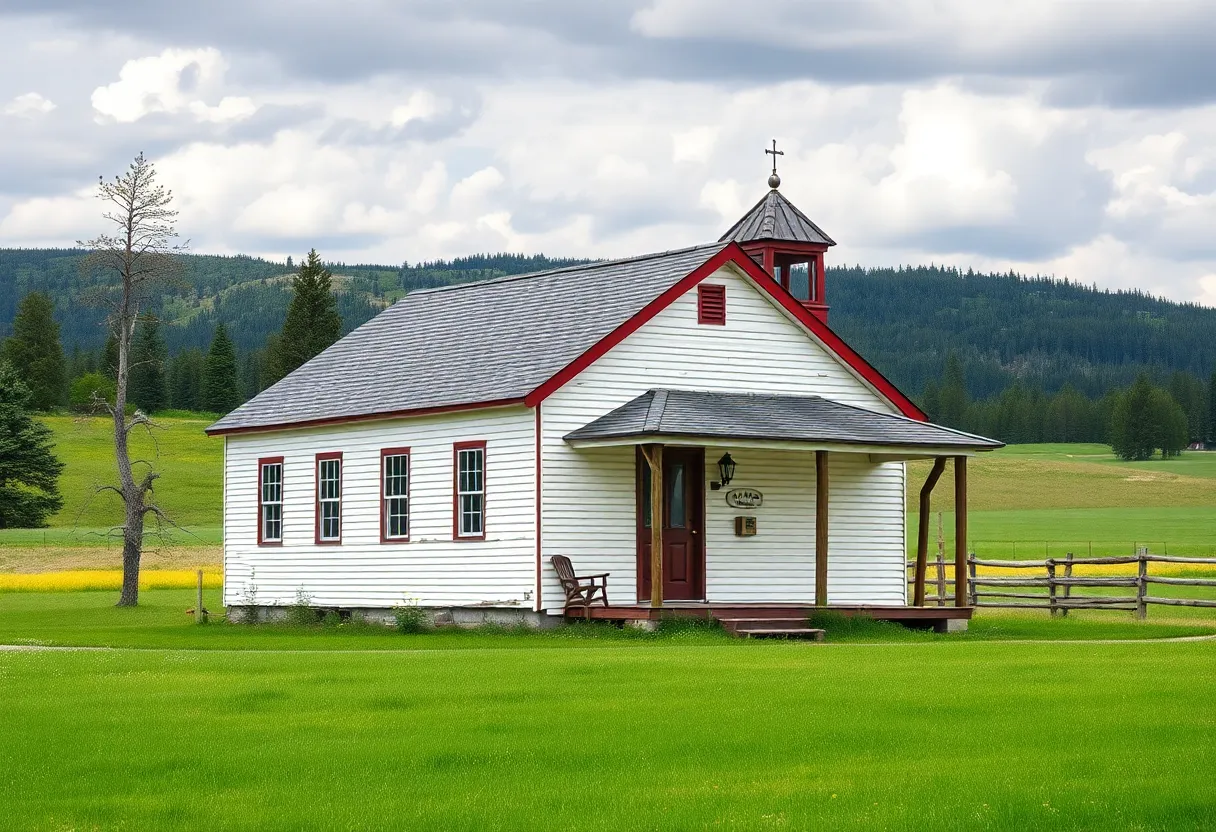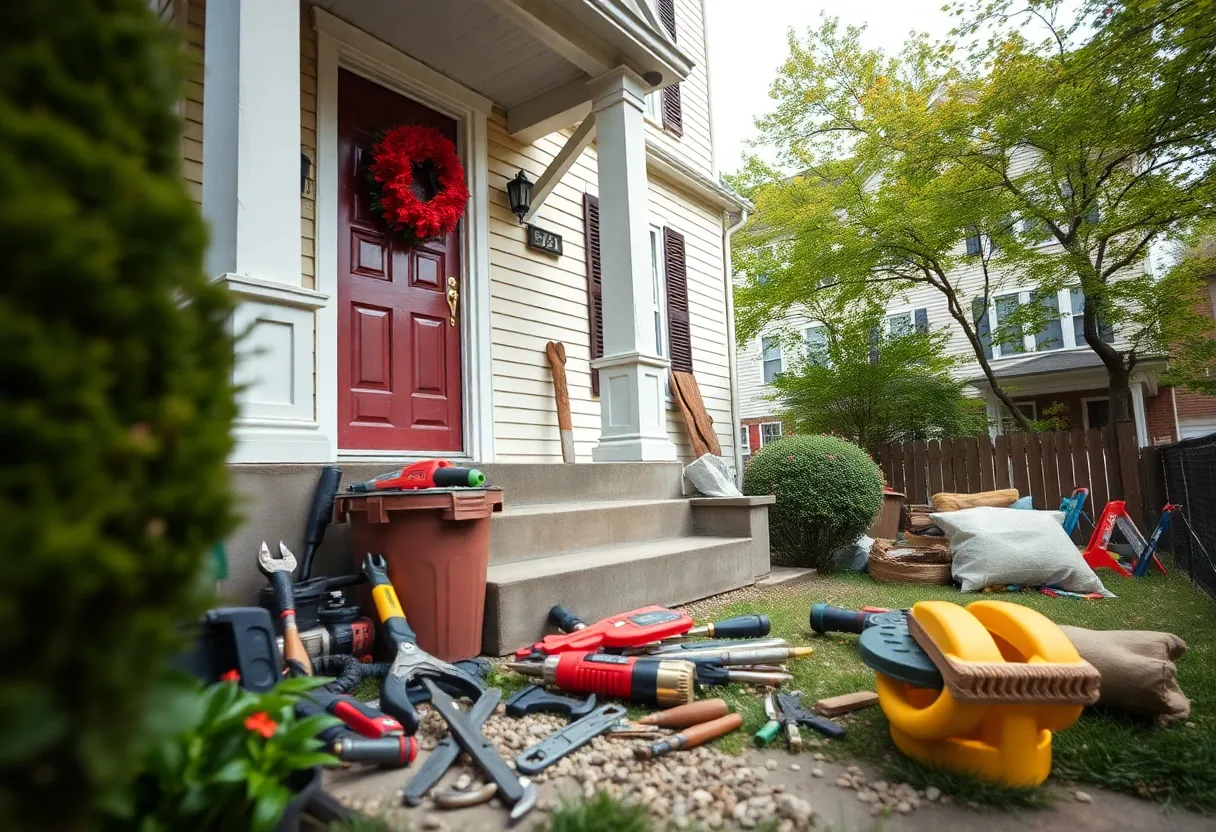News Summary
Rural schools in Montana, like Pine Creek School, are struggling with declining enrollments and increased administrative pressures. Despite community efforts for preservation, many schools face potential closure due to legislative changes and shifting demographics. Organizations are emphasizing the importance of maintaining these vital educational institutions as community assets.
Livingston, Montana – Rural schools in Montana are facing challenges that threaten their existence, despite ongoing preservation efforts and community engagement. Pine Creek School, located south of Livingston, is a prime example of Montana’s educational heritage, currently housing just 13 students in grades kindergarten to second. This diminutive school is one of approximately 100 active rural schoolhouses in the state, representing the highest number of such institutions found anywhere in the United States.
Historically, Montana boasted over 2,600 one-room schools; however, this number has dwindled drastically over the years. Today, only around 50 of these iconic educational structures remain, highlighting a significant decline in rural educational facilities. Educators like Taylor Neibauer, who has taught at Pine Creek for three years, assert that the intimate learning environment is advantageous for students with short attention spans, fostering a unique educational experience.
Efforts to preserve rural schoolhouses are being spearheaded by organizations like Preserve Montana, which emphasize the importance of community input in restoration projects. Recently, a preservation workshop took place to assess an old one-room school in Sixteen, Montana, a town that was once vibrant but is now largely abandoned. Owners Gaida Hobby Martin and Pamela Ann Hobby Zimmerman have expressed their desire to restore the building, as they share nostalgic childhood memories associated with the school. Their vision includes transforming the structure into a venue for retreats and educational excursions, celebrating Montana’s past during the 1920s and 30s.
In the face of increasing administrative demands, small school administrations are under significant strain. Recent upticks in reporting and testing requirements have added to the responsibilities of these districts, often resulting in a single administrator wearing multiple hats, including that of superintendent and principal. This situation complicates the workload, making it exceedingly difficult to manage daily operations effectively.
In Flathead County, five schools are set to lose their top administrators, exacerbated by the escalating job demands of small school districts. The Montana Office of Public Instruction (OPI) has implemented substantial revisions that have amplified this administrative burden. New legislative measures, including House Bill 203, have further complicated operations by enabling greater school choice, which has inadvertently led some small districts to close due to declining enrollments.
Rural districts, such as Melrose, are witnessing decreased student populations driven by increased mobility as families seek alternatives. Furthermore, education funding in Montana predominantly relies on local support, and recent initiatives aimed at transferring tuition payments to the county level are intended to alleviate financial pressures on small districts.
Amid these challenges, five superintendents in Flathead County have announced their resignations or retirements, intensifying the turmoil in the administrative landscape of rural education. As expectations around performance evaluations increase due to new testing standards, rural teachers are also facing intensified scrutiny that may affect educational quality.
Despite the myriad challenges that rural schools confront, many administrators remain dedicated to preserving these educational institutions, recognizing them as vital community assets. Organizations like Preserve Montana continue to document and advocate for the preservation of one- and two-room schoolhouses across the state, emphasizing the critical need for local engagement and support in these efforts. The commitment to maintaining educational opportunities in Montana’s rural areas remains strong, even as communities grapple with the complexities of modern educational requirements.
Deeper Dive: News & Info About This Topic
HERE Resources
Additional Resources
- KTVH: Preserving the Past – Montana’s Rural Schools Closing at an Alarming Rate
- Flathead Beacon: Education for Rural Schools in Montana
- Daily Montanan: U.S. Senate Passes Bill Reauthorizing Funding for Rural Schools
- Whitehall Ledger: Montana Rural Teacher of the Year
- Wikipedia: Rural School
Author: STAFF HERE BALTIMORE WRITER
The BALTIMORE STAFF WRITER represents the experienced team at HEREBaltimore.com, your go-to source for actionable local news and information in Baltimore, Baltimore County, and beyond. Specializing in "news you can use," we cover essential topics like product reviews for personal and business needs, local business directories, politics, real estate trends, neighborhood insights, and state news affecting the area—with deep expertise drawn from years of dedicated reporting and strong community input, including local press releases and business updates. We deliver top reporting on high-value events such as the Baltimore Book Festival, Preakness Stakes, and Artscape. Our coverage extends to key organizations like the Baltimore Chamber of Commerce and Visit Baltimore, plus leading businesses in shipping and healthcare that power the local economy such as the Port of Baltimore and Johns Hopkins Medicine. As part of the broader HERE network, we provide comprehensive, credible insights into Maryland's dynamic landscape.





